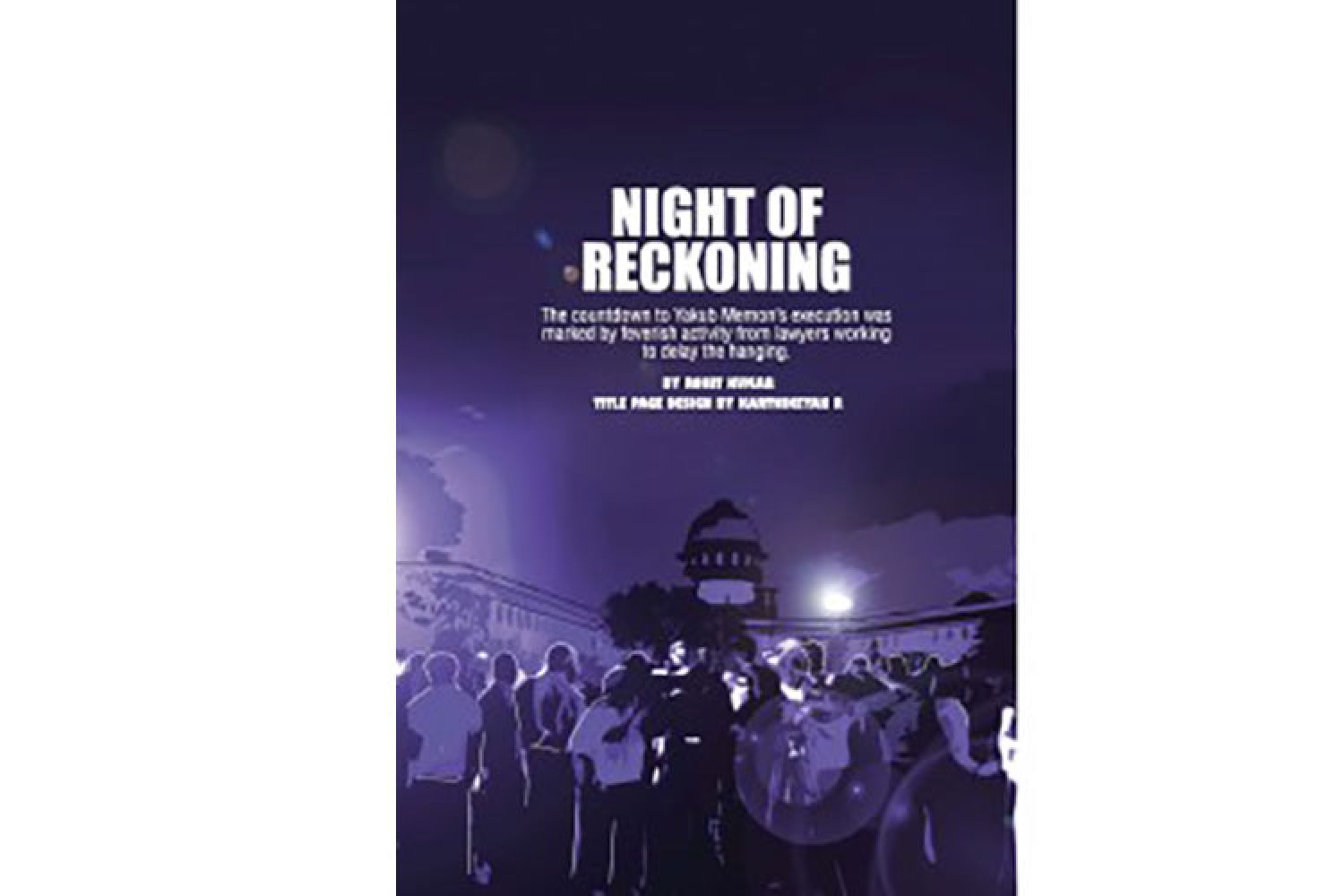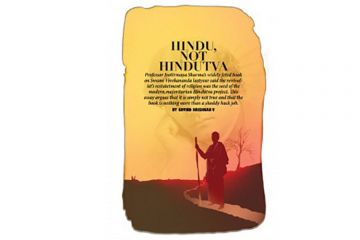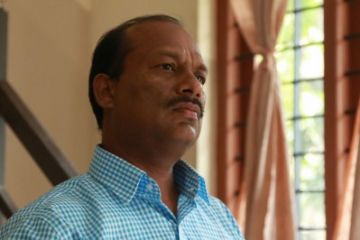
On the morning of July 29, a constitutional bench of the
Supreme Court headed by the chief justice was hearing whether the assassins of
Rajiv Gandhi should be released from jail or not in Court Number 1. Suddenly a
commotion broke out outside the room. Some of us rushed out to check.
Proceedings in the Yakub Memon case had begun in adjoining
Court Number 4. As I sat in the front row of the chief justice’s court,
focusing on our matter, a few lawyers and journalists slipped in and





